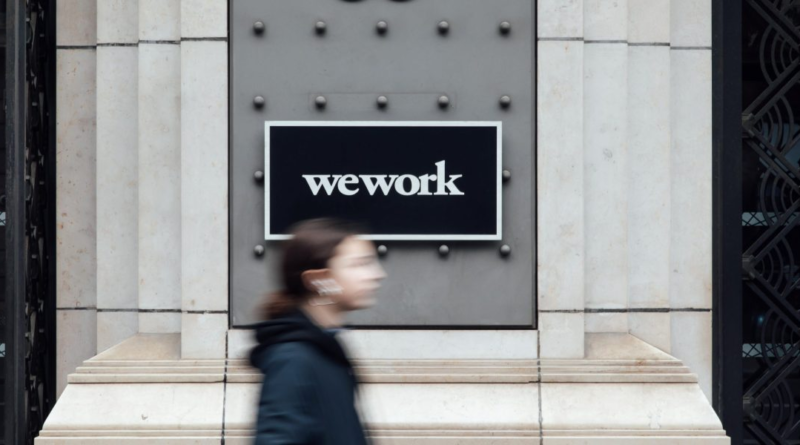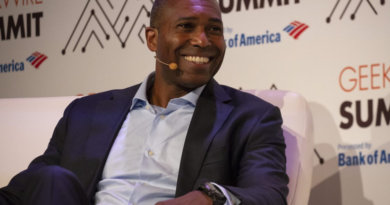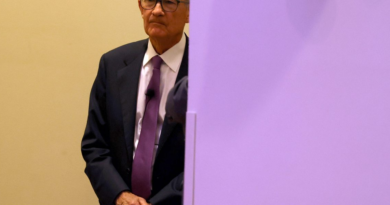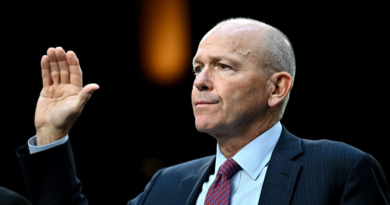WeWork’s co-working model was supposed to fix traditional commercial real estate–but both the new idea and the centuries-old industry are failing
While WeWork’s catastrophic fall from grace may have poor business management written all over it, the latest bankruptcy filing represents an indictment of the coworking business model as a whole.
The idea of co-working is more relevant today than ever before as flexible work has cemented its position globally. The future of five-days-a-week, in-person work remains debatable–and companies across the country have maintained hybrid work options post-pandemic. This year, 73% of American workers reported working in-office for three or more days a week, with an average of three to four days in-person, according to a McKinsey study. Fully remote employees now only represent 15% of the workforce, a strong indication that hybrid work, while previously dubbed the “new normal,” is here to stay.
WeWork’s inability to take advantage of the paradigm shift in commercial real estate is due to the fact that WeWork’s innovative brand was built on the same traditional terms that commercial real estate has used for centuries. The co-working business model takes on long-term leases at a locked-in rate, placing a huge bet on occupancy rates and rents staying high. This leaves a huge risk imbalance in the committed term lengths between landlords and occupants. As disclosed in WeWork’s infamous S-1 filing in 2019, its average lease term is approximately 15 years. This leaves the company offering clients flexible lease terms, while they remain committed across interest rate cycles and market downturns.
When rates are low, and companies aren’t rigorous about burn, coworking has product-market fit. When rates are high and wallets are tight, the results can be catastrophic, as evidenced by WeWork’s latest bankruptcy–and that’s regardless of the demand for flexible working environments.
As soon as office spaces are not filled, it’s the coworking platforms that lose money, not the landlords. As of Q3 2023, over 20% of American commercial real estate space remained empty, according to JLL. This has created an existential crisis for firms like WeWork, who are struggling to grapple with an outdated model that has provided a valuable product for consumers, but has failed in changing the status quo with landlords.
It’s time that we embrace the fact that coworking, while billed as an inventive means to insert energy and collaboration into the workplace, is built on the foundation of the same age-old model that it claims to transform.
Coworkers crave building culture and feeling a sense of belonging to their company, which requires privacy instead of a shared floor with outside distractions. Existing research has proved that over 52% of employees prefer private offices over open floor plans, which is a foundational aspect of the coworking model. These employees seek in-person work to feel connected to their company’s mission and culture, not to be a part of WeWork’s culture.
In today’s flexible office environment, employees are encouraged to reap the benefits of the workspace by being able to interact closely with their counterparts. If these interactions are becoming less meaningful by participating in coworking, then the model’s key value proposition is at best, failing to address the needs of a substantial segment of its customer base.
In many ways, WeWork’s collapse is just the tip of the iceberg for a model that failed to live up to its expectations. While the workplace question is clearly a topic that will continue to be iterated on in the coming years, it’s time that we accept that co-working is not the answer.
Christelle Rohaut is the co-founder and CEO of Codi.
More must-read commentary published by Fortune:
- Economic pessimists’ bet on a 2023 recession failed. Why are they doubling down in 2024?
- COVID-19 v. Flu: A ‘much more serious threat,’ new study into long-term risks concludes
- Access to modern stoves could be a game-changer for Africa’s economic development–and help cut the equivalent of the carbon dioxide emitted by the world’s planes and ships
- The U.S.-led digital trade world order is under attack–by the U.S.
The opinions expressed in Fortune.com commentary pieces are solely the views of their authors and do not necessarily reflect the opinions and beliefs of Fortune.




